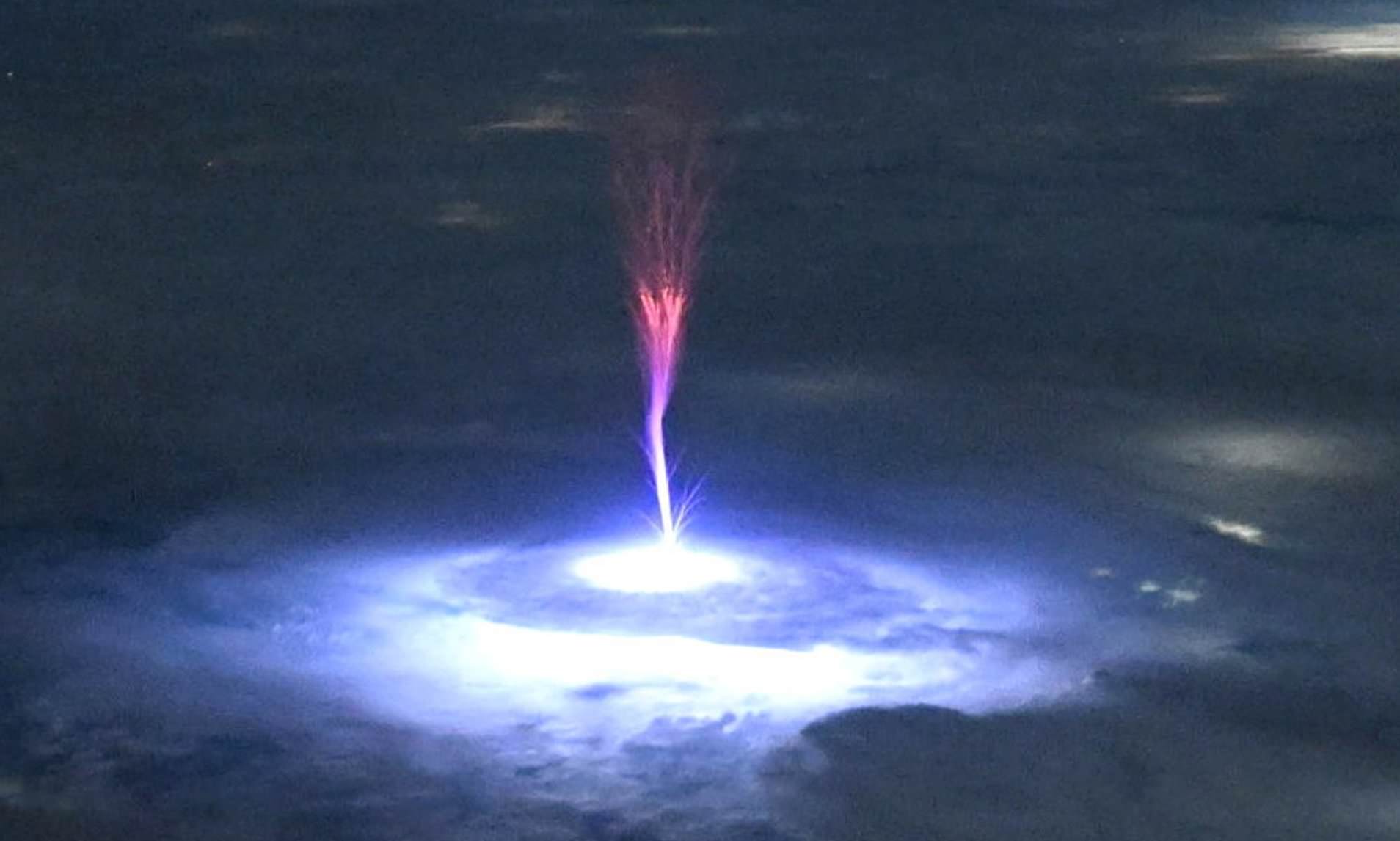
A Stunning Electrical Event Captured from Space
An astronaut from NASA has captured a breathtaking image of a rare atmospheric phenomenon, where a brilliant red light flashed through the sky. The photo, shared by Nichole "Vapor" Ayers, showcases what is known as a Transient Luminous Event (TLE) that occurred above a thunderstorm in Mexico and the United States earlier in the week.
These events are believed to be caused by positive cloud-to-ground lightning strikes, which generate an electric field extending miles into the upper atmosphere. Ayers described the moment in her caption: "Just. Wow. As we went over Mexico and the U.S. this morning, I caught this sprite."
Sprites, one type of TLE, occur above clouds and are set off by intense electrical activity beneath them. From the International Space Station, astronauts have a unique vantage point to observe these phenomena, allowing scientists to study their formation, characteristics, and how they relate to thunderstorms.
There is some uncertainty about whether Ayers captured a sprite or a gigantic jet, both of which are types of TLEs. Gigantic jets originate within the anvil of a storm and can reach up to the ionosphere. Sprites, on the other hand, are challenging to observe from the ground, and researchers still do not fully understand why certain lightning bolts trigger them while others do not.
The TLE in Ayers' photograph appears predominantly red, a common color for such events. Most TLEs last only a fraction of a second and are rarely visible unless viewed from space, approximately 250 miles above Earth’s surface.
Other forms of TLEs include elves, blue jets, and ghosts, all of which occur at high altitudes—within the stratosphere, mesosphere, and even the thermosphere. These atmospheric wonders continue to intrigue scientists and provide valuable insights into the complex interactions between lightning and the upper atmosphere.
Ayers is currently aboard the International Space Station as part of NASA's SpaceX Crew-10 mission. Launched in March, the mission is expected to last until at least August. The crew is conducting hundreds of scientific experiments, including testing the flammability of materials and studying the physiological and psychological effects of space on the human body.
This mission highlights the importance of space-based research in expanding our understanding of both Earth's natural phenomena and the challenges of living and working in space. With each new observation, scientists gain deeper insights into the dynamic processes that shape our planet and its atmosphere.
Post a Comment